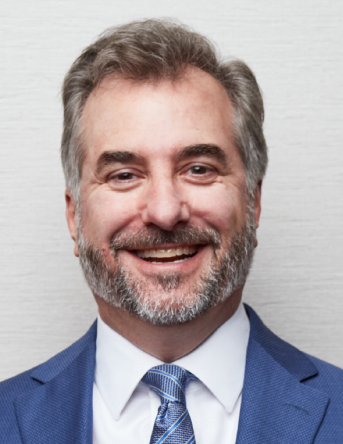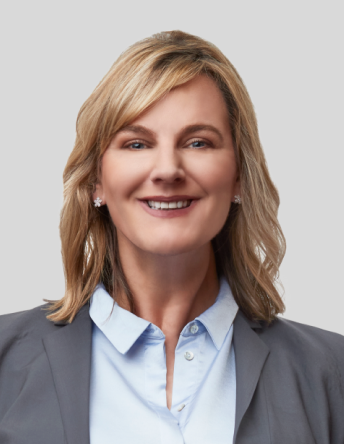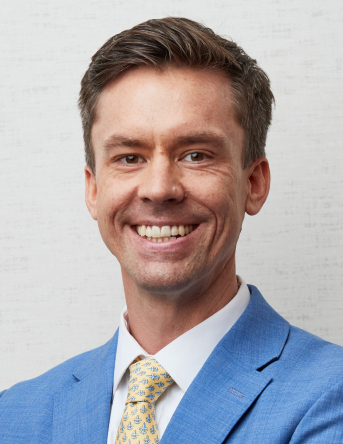Residents in Brawley, California are fed up with living in constant danger of toxic chemicals left behind by an 11-acre former Pure-Gro facility, owned by Chevron, that closed down 19 years ago. The site is just only a couple of blocks away from schools serving hundreds of children and a few feet away from residential homes.
The Pure-Gro site was used to formulate, store, and distribute pesticides and fertilizers from 1940 to 2000 and was located on the east side of Brawley on the corner of River Drive and North Palm Avenue. Residents have been concerned for years about the dangers associated with pesticides and other toxic substances around the site, but now Brawley residents are speaking up more than ever before as they want the area cleaned up before any construction is planned on the former Pure-Gro site.
Dangerous Chemicals
The concerns of Brawley residents prompted a report by the Department of Toxic Substances Control (DTSC), which was released in 2004. The report revealed the 11-acre site contains about 15,000 cubic yards of contaminated soil stockpiled within it and that the area tested positive for chemicals known as DDD, DOT, DDE, Chlordane and Endrin. These chemicals can cause liver dysfunction, central nervous system disorders, neonatal mortality, and chromosomal damage in humans when they’re ingested, inhaled or come into contact with skin. Some of those chemicals are now banned in the United States, and Brawley parents and other concerned citizens are worried about their children and themselves, with good reason.
Concerned Citizens
Brawley community members have met with officials from the city, the Department of Toxic Substances Control (DTSC), and Chevron in a series of ongoing town hall meetings; the residents are demanding a safe solution before another decade of inaction goes by. They’re demanding that the company “Remove all the contaminated soil and then bring the property back to a residential level which is the safest level and therefore eliminating any lingering issues with the site,” according to Brawly spokesperson Eric Reyes, who has led the charge to clean up the toxic site in the small California town.
Brawley Council Member, Sam Couchman, said the city is closely monitoring the ongoing situation, listening to the community, and sharing its concerns with the state and Chevron officials. Peter Garcia, DTSC Southern California, said the agency is “on top of the situation, working with Chevron.”
Brawley residents and some environmental groups say that nothing has been done since the 2004 report by the DTSC, and they fear nothing will ever be done. The community is going to continue to put pressure on the city, the DTSC, and Chevron to take real steps to getting this messed up cleaned up so the residents of Brawley, California can breathe a sigh of relief knowing their children are not breathing contaminated air on their school’s playground just two blocks away from the contaminated site.




